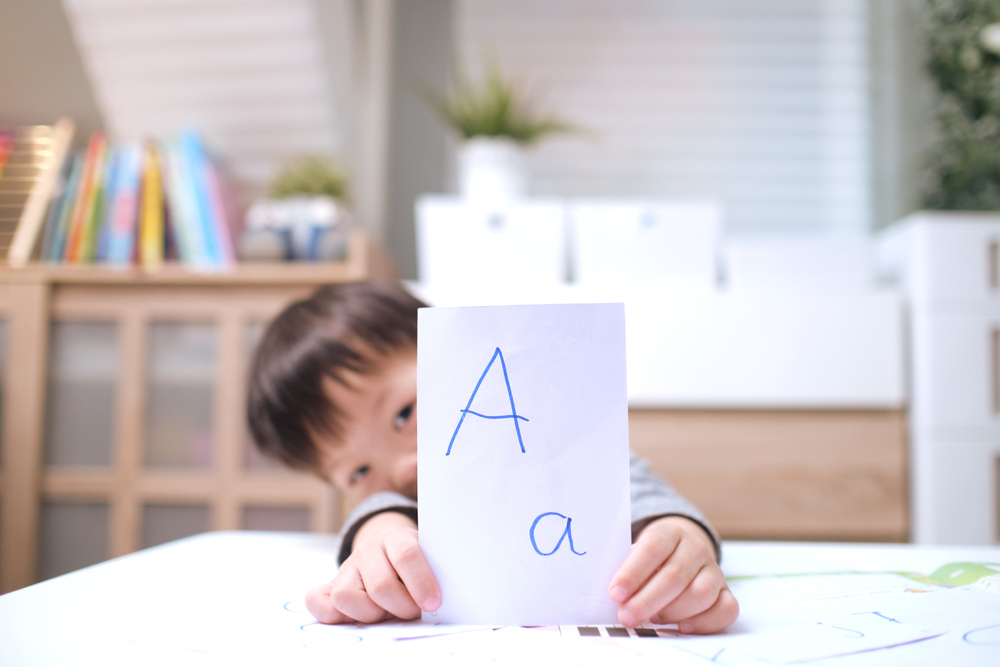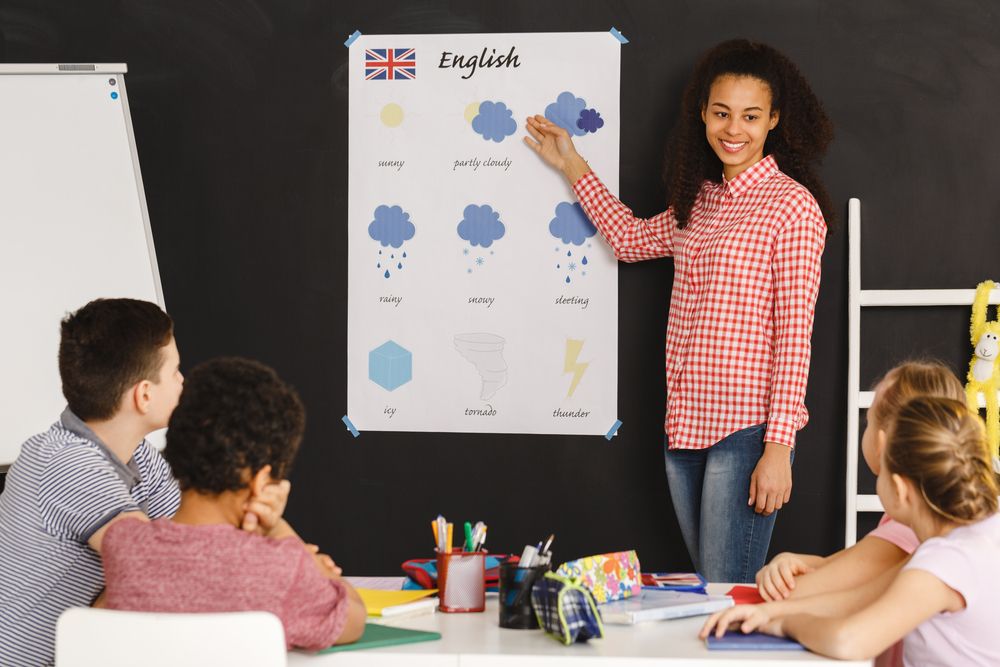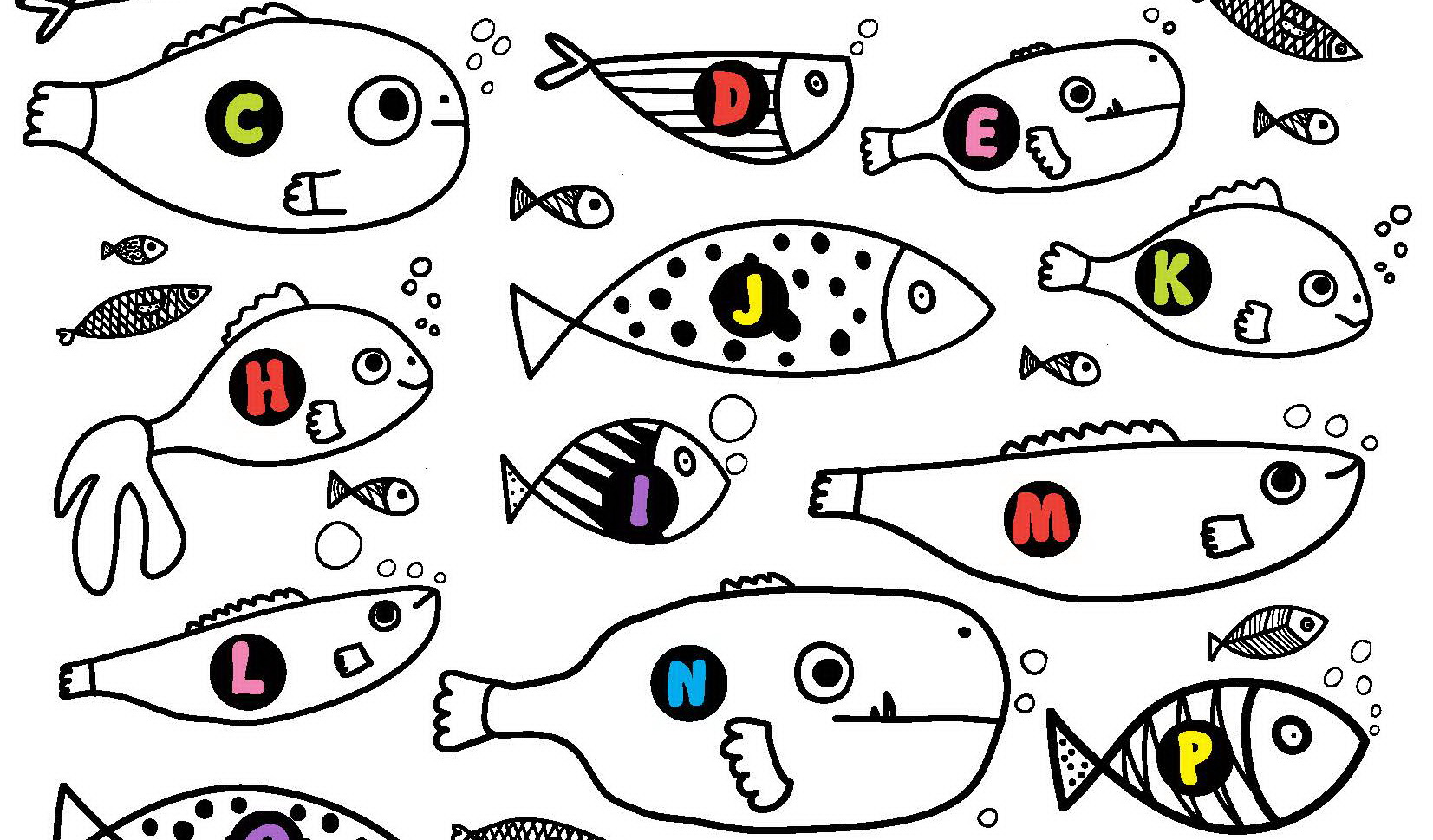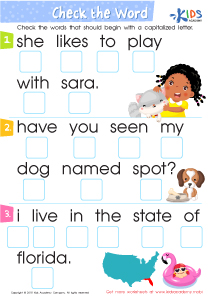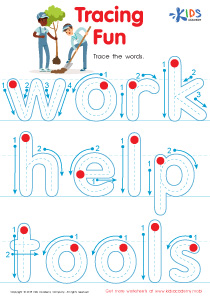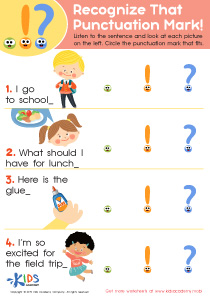Normal Writing Worksheets for Ages 3-9
178 filtered results
-
From - To
Discover engaging normal writing worksheets designed for children ages 3-9 at Kids Academy! Our carefully crafted resources aim to nurture essential writing skills through fun activities that promote letter formation, sentence structure, and creative expression. Each worksheet is tailored to suit various skill levels, ensuring children can practice at their own pace. From tracing letters to crafting stories, these worksheets offer a perfect blend of learning and play. Enhance your child's writing journey with these interactive materials that support early literacy development. Start exploring our collection today and empower your child to become a confident writer!
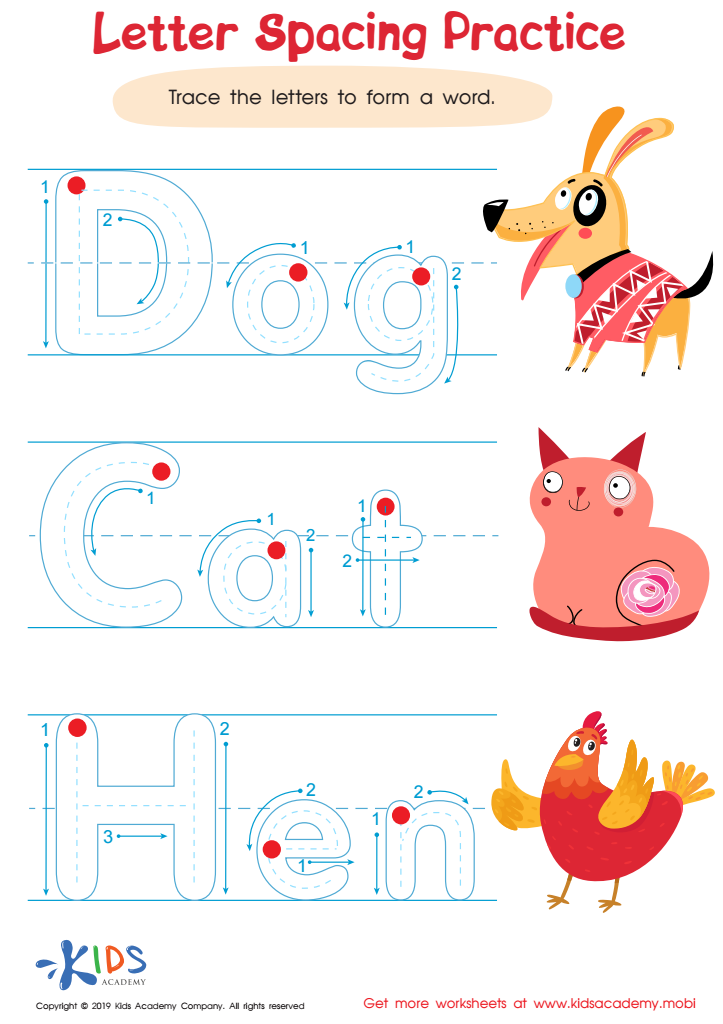

Letter Spacing Practice Worksheet
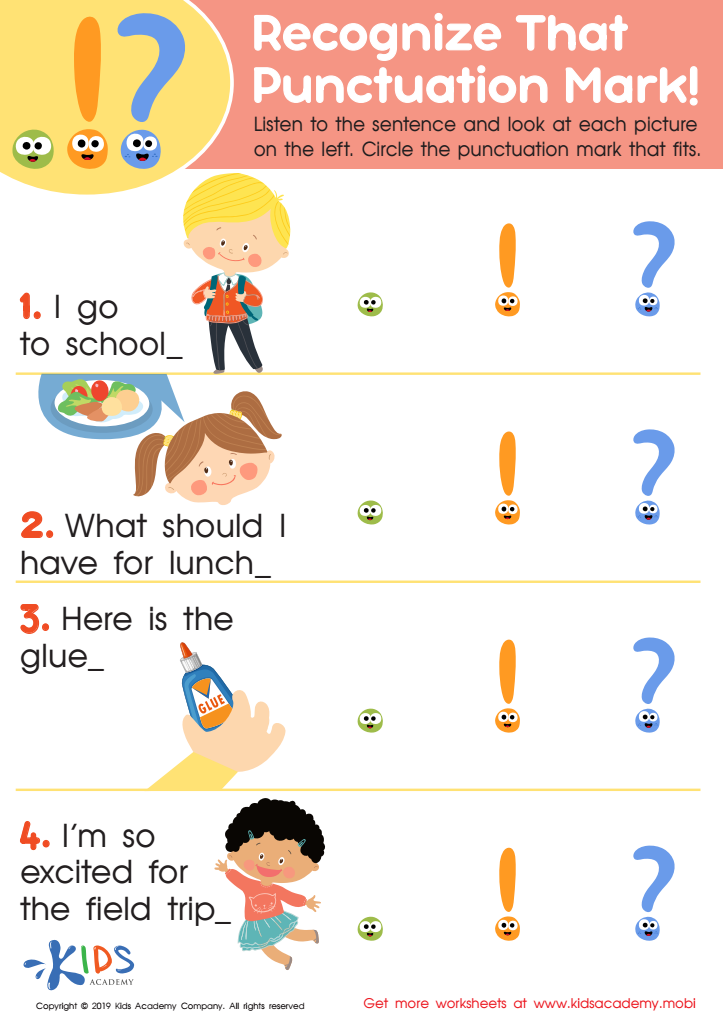

Recognize Punctuation Marks Worksheet
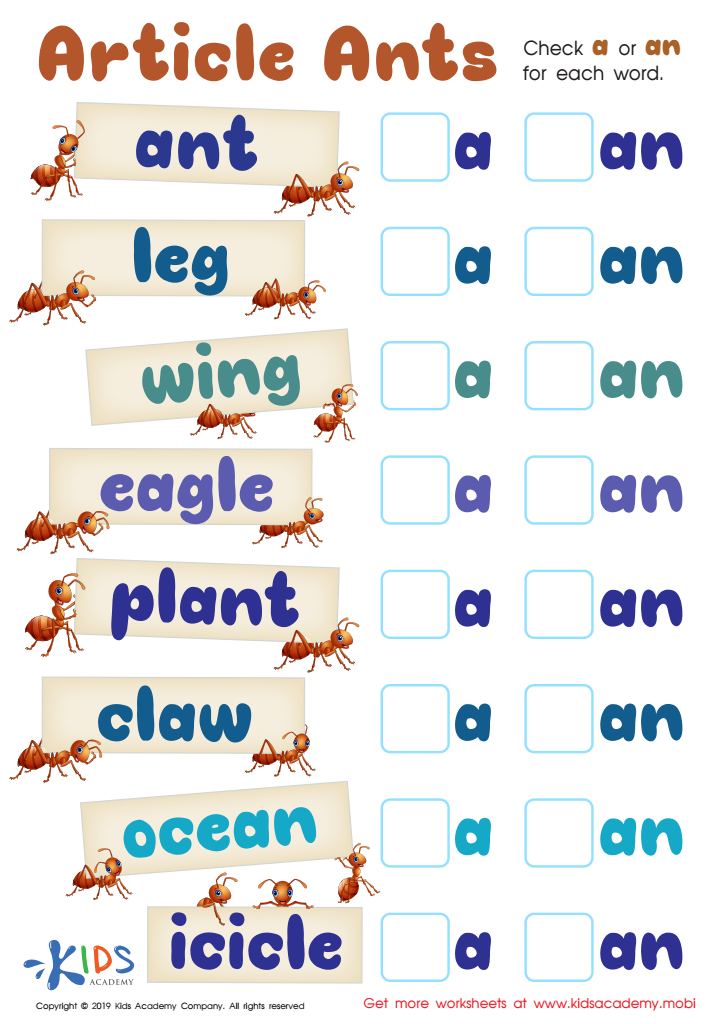

Article Ants Worksheet
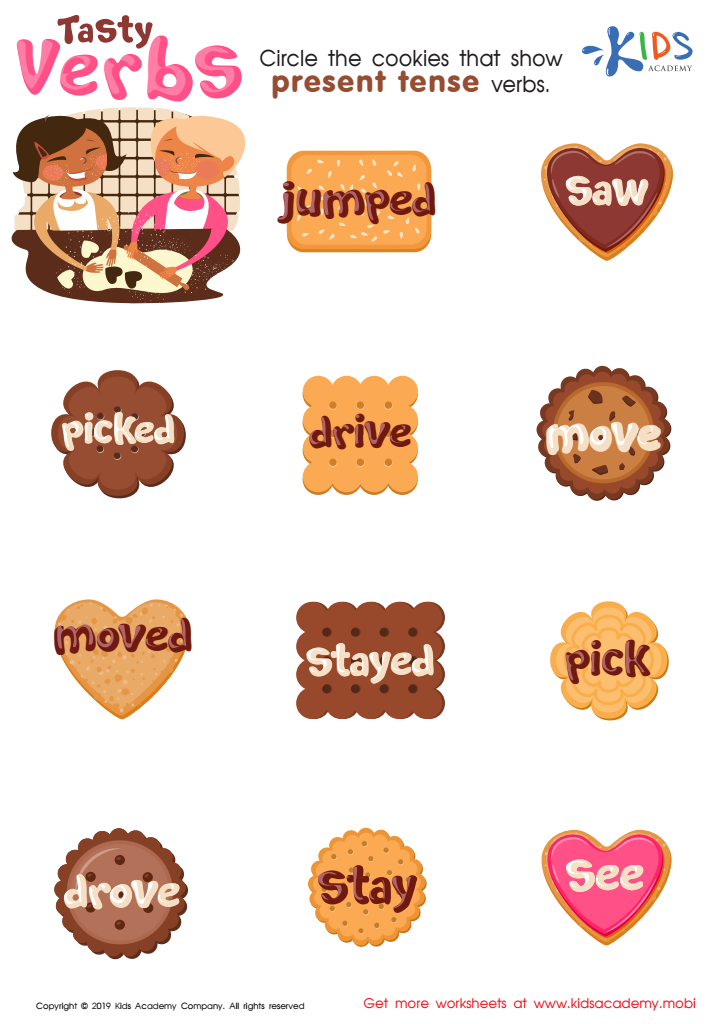

Tasty Verbs Worksheet
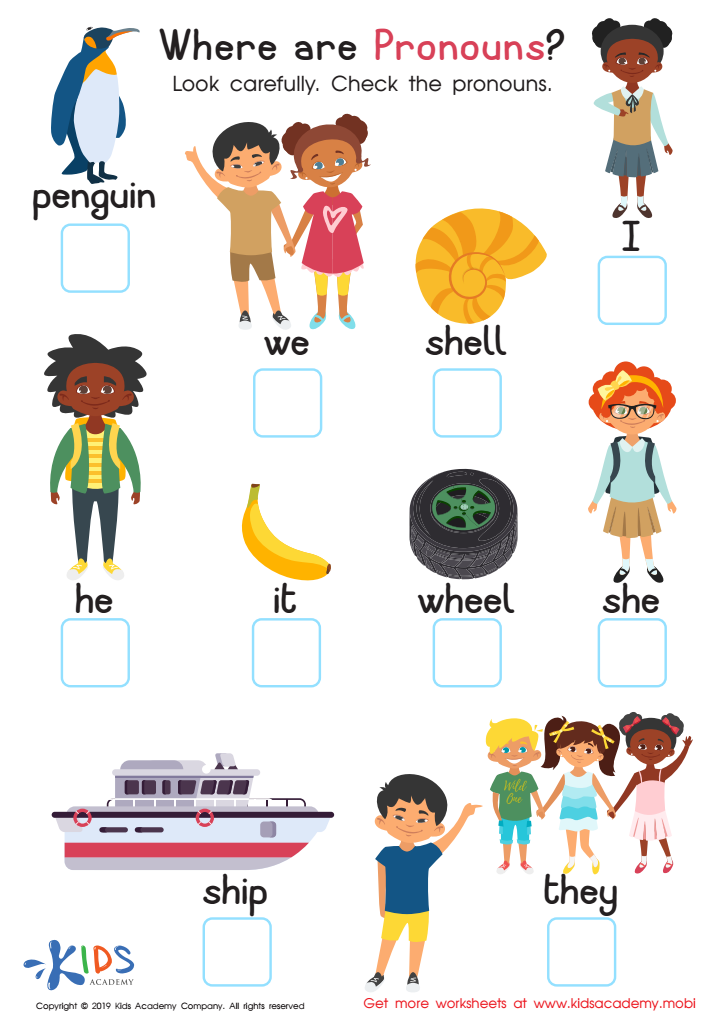

Where Are Pronouns? Worksheet
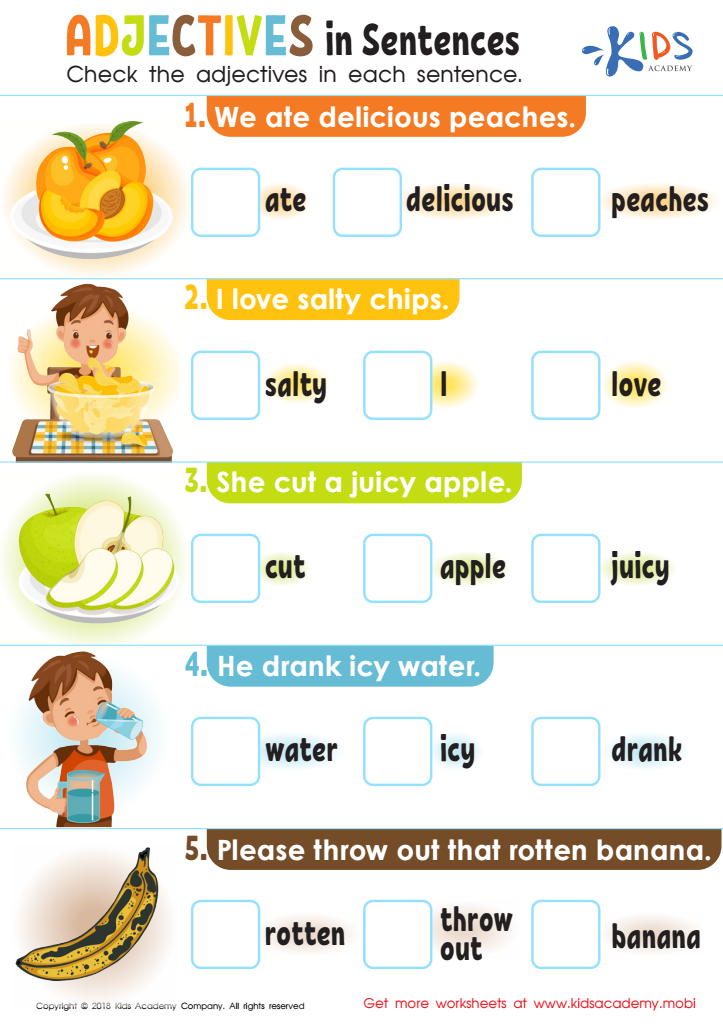

Adjectives in Sentences Worksheet
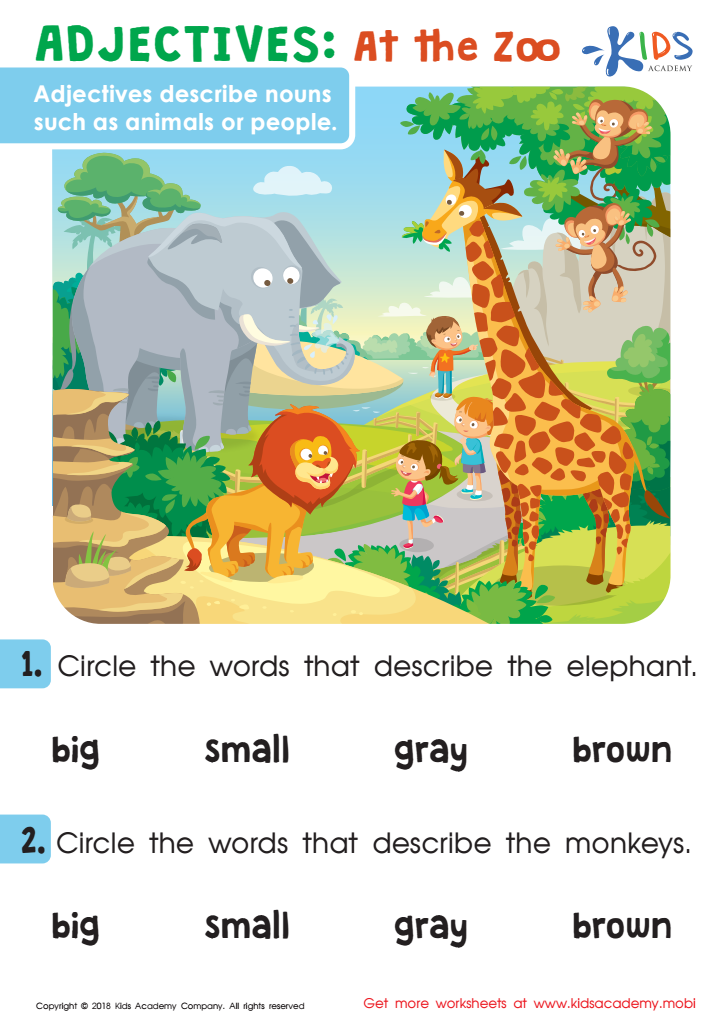

Adjectives: At The Zoo Worksheet
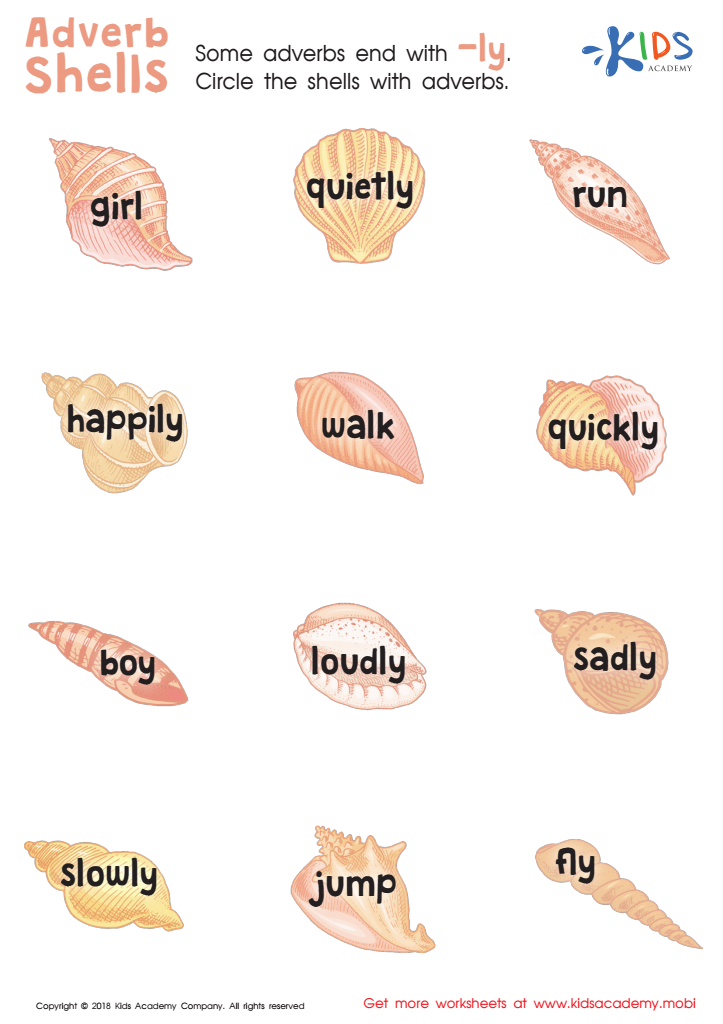

Adverb Shells Worksheet
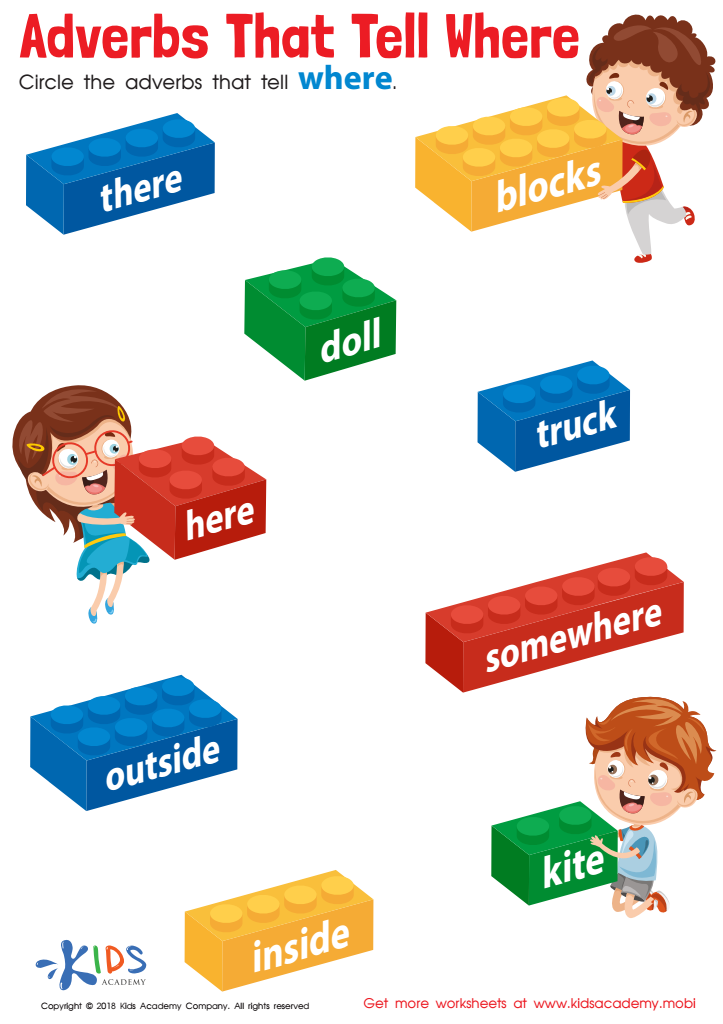

Adverbs That Tell Where Worksheet
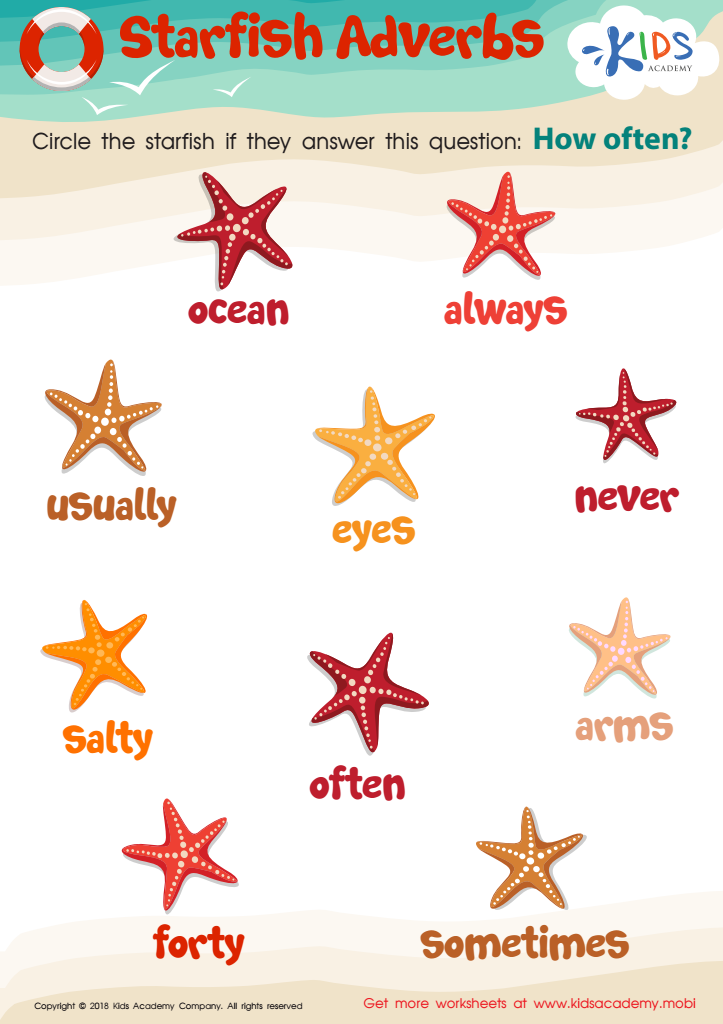

Starfish Adverbs Worksheet
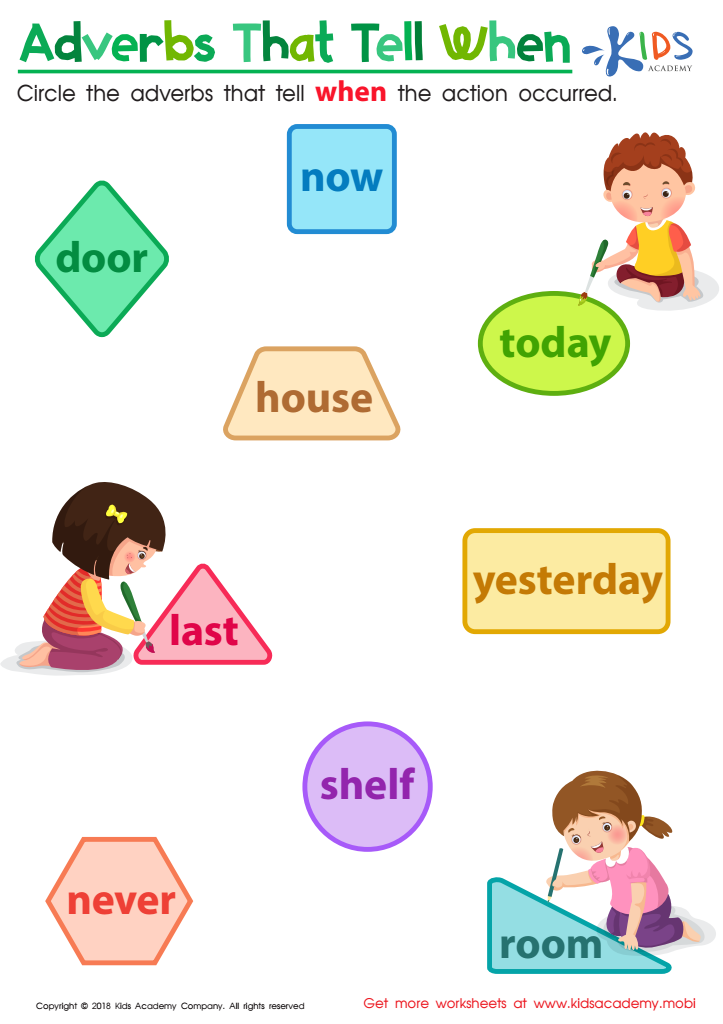

Adverbs That Tell us When Worksheet
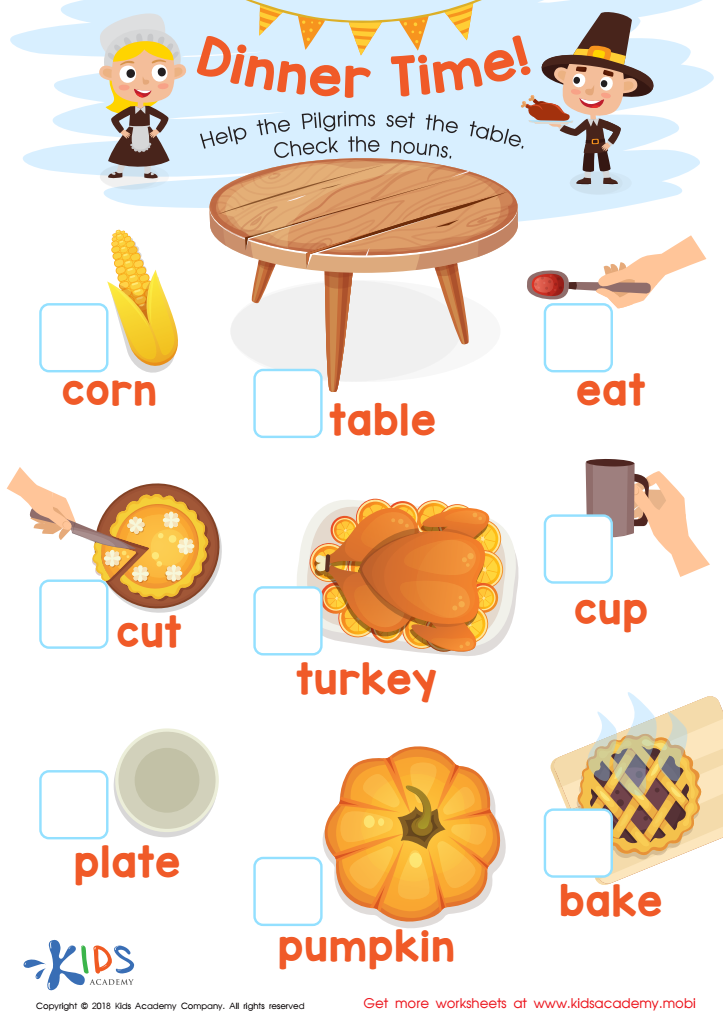

Dinner Time! Worksheet
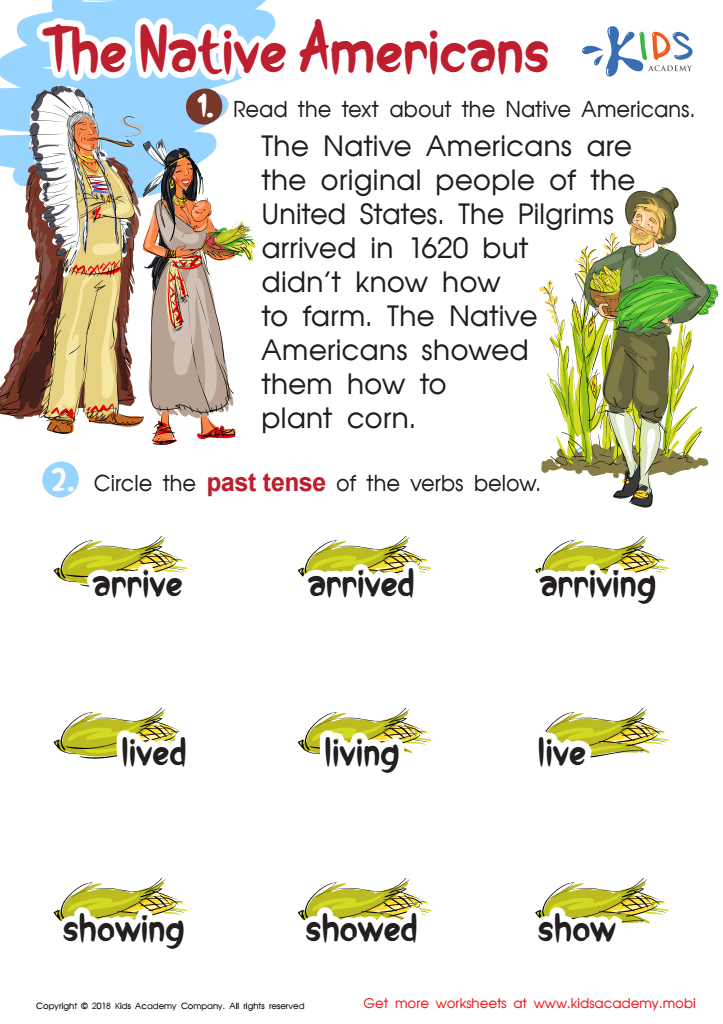

The Native Americans Worksheet
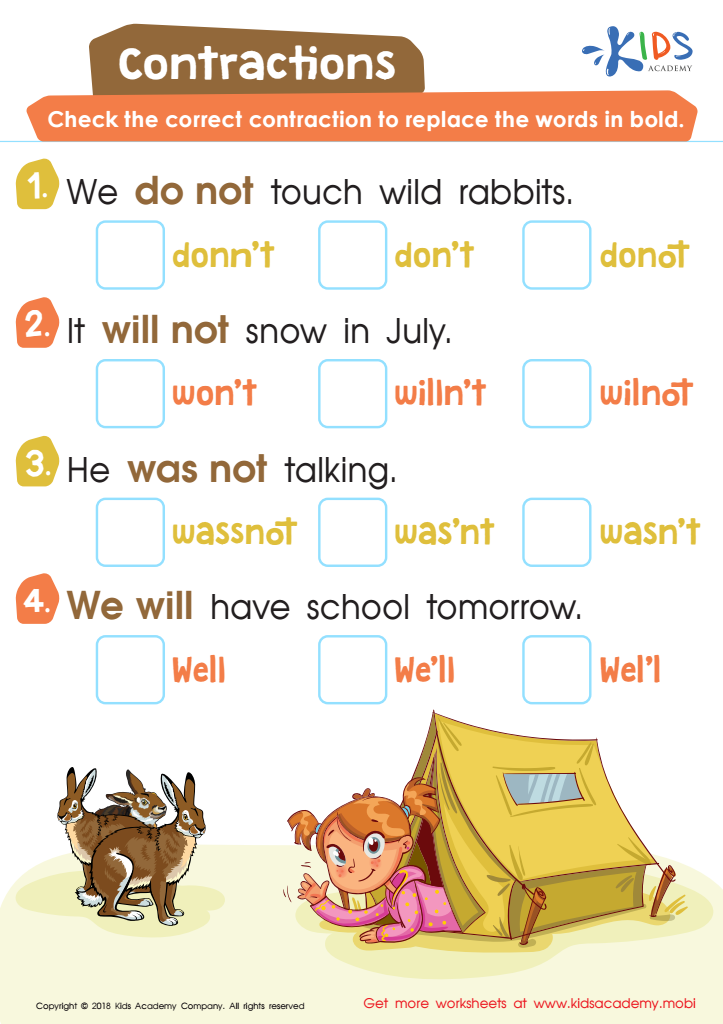

Contractions Worksheet
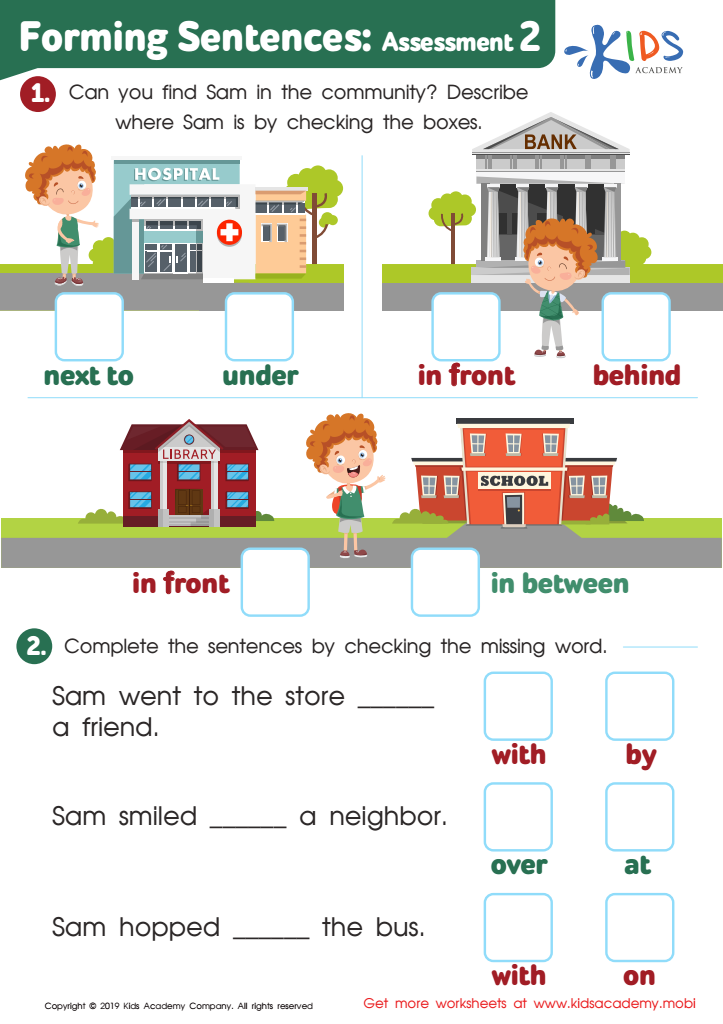

Forming Sentences: Assessment 2 Worksheet
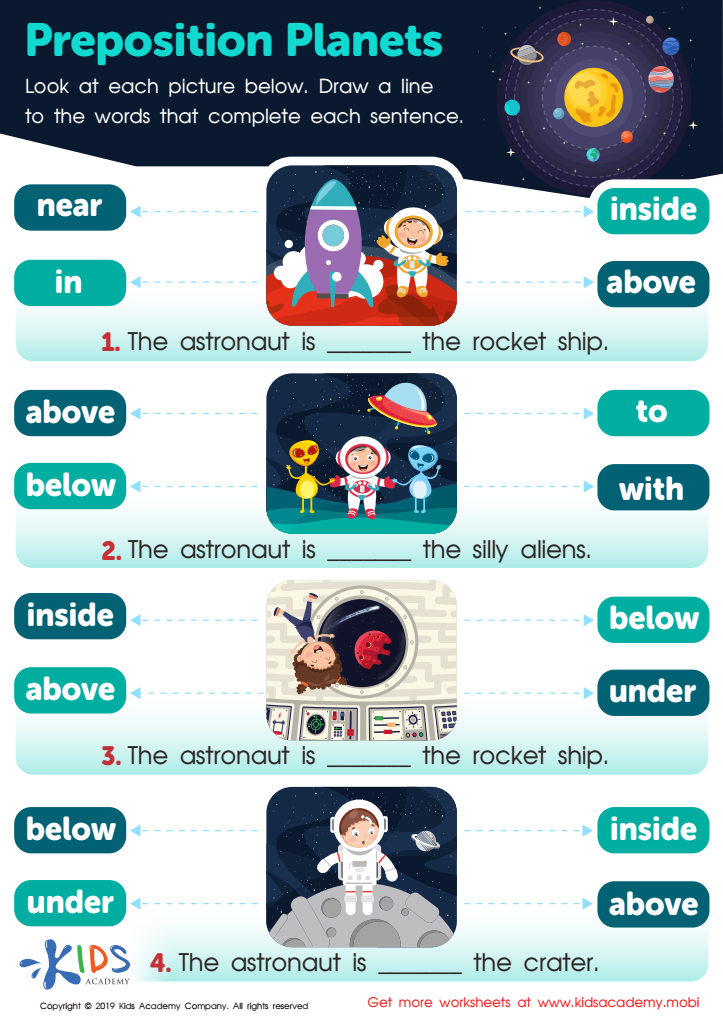

Preposition Planets Worksheet
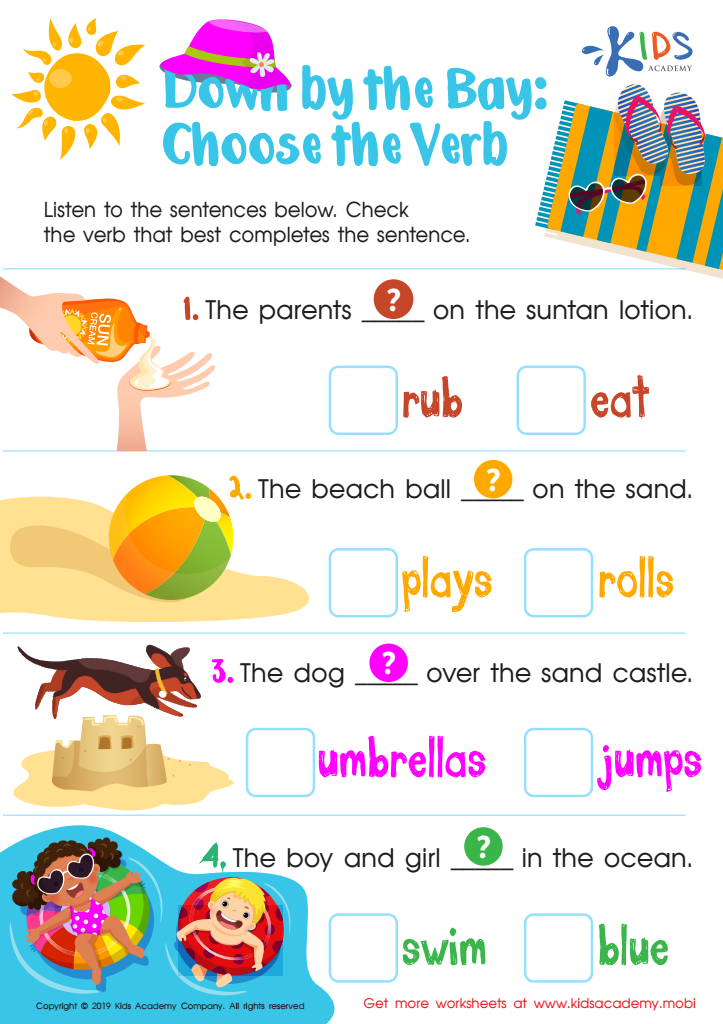

Down by the Bay: Choose the Verb Worksheet
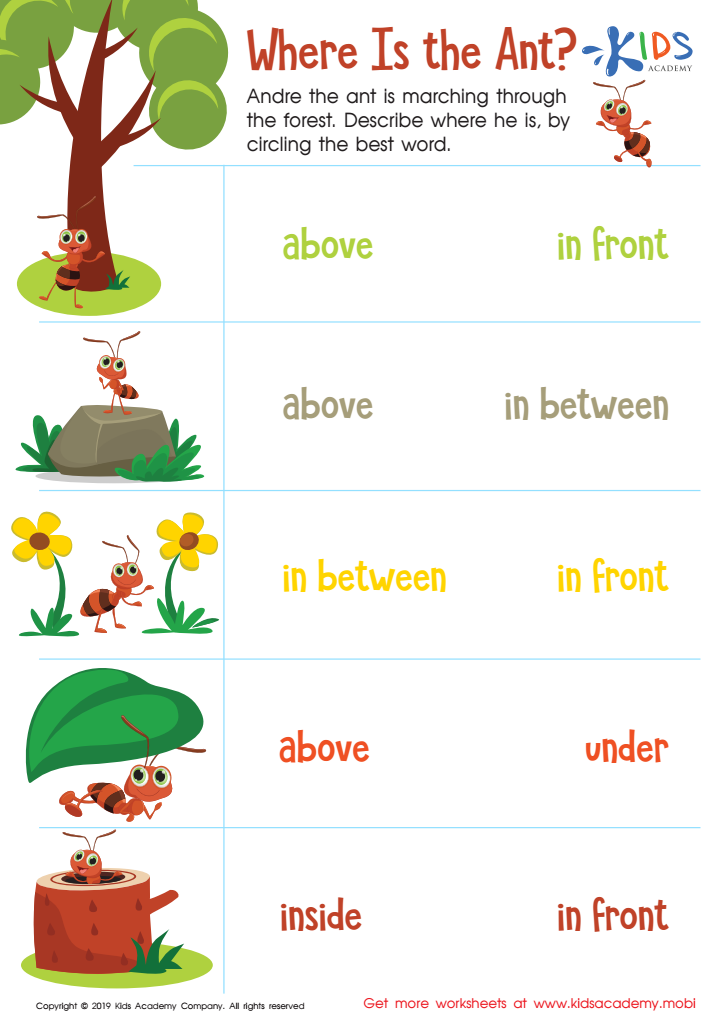

Where Is the Ant? Worksheet
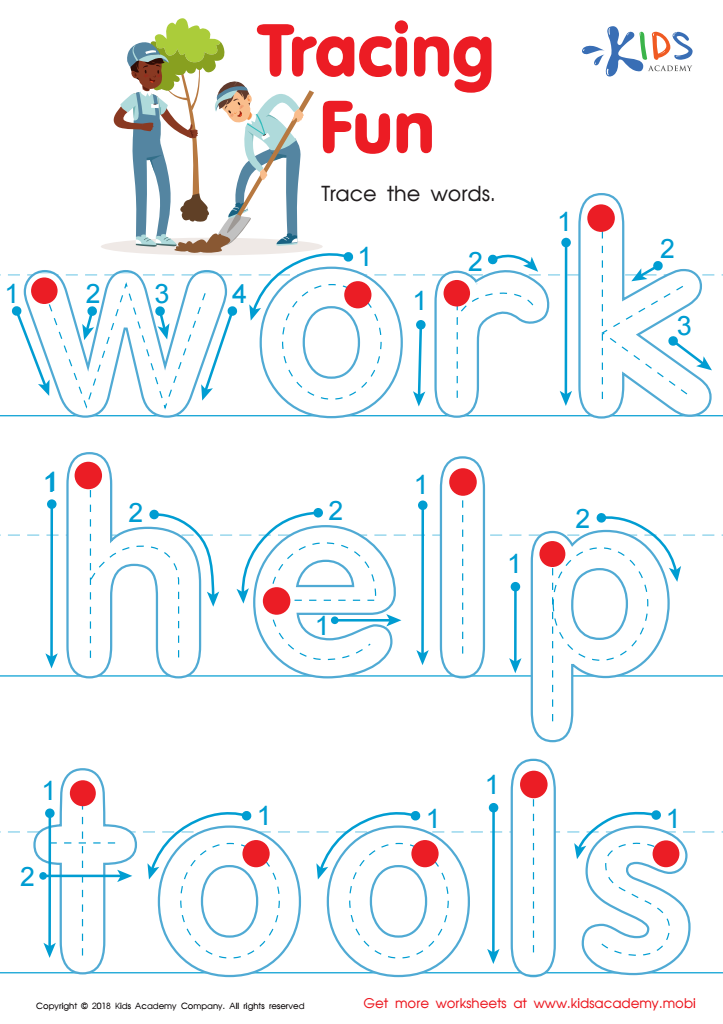

Tracing Fun Worksheet
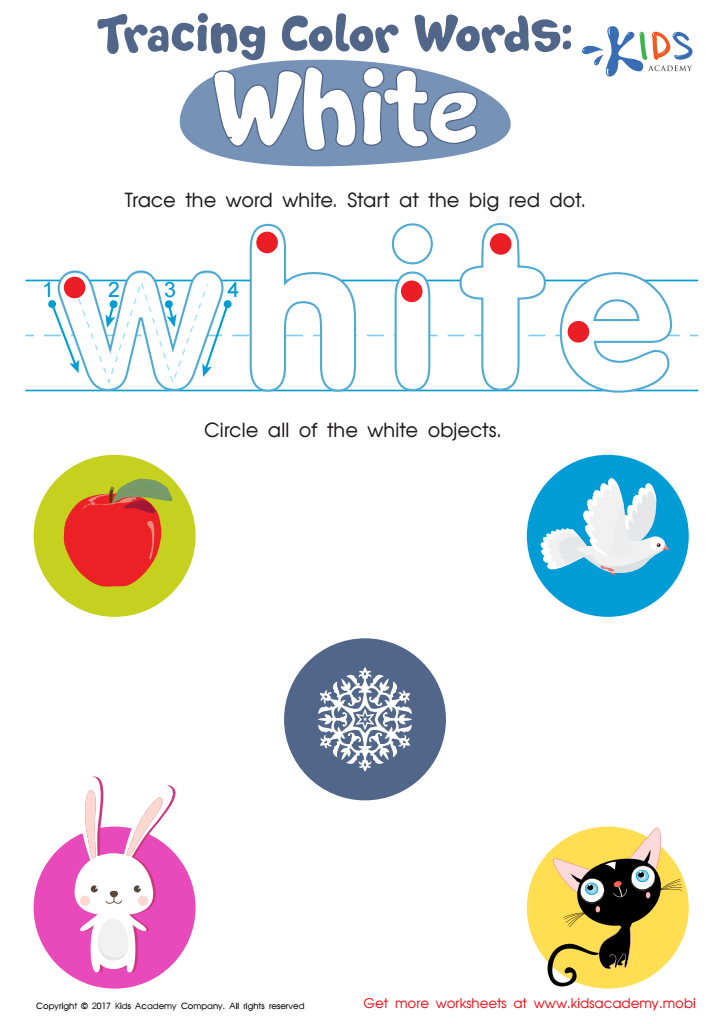

White Tracing Color Words Worksheet
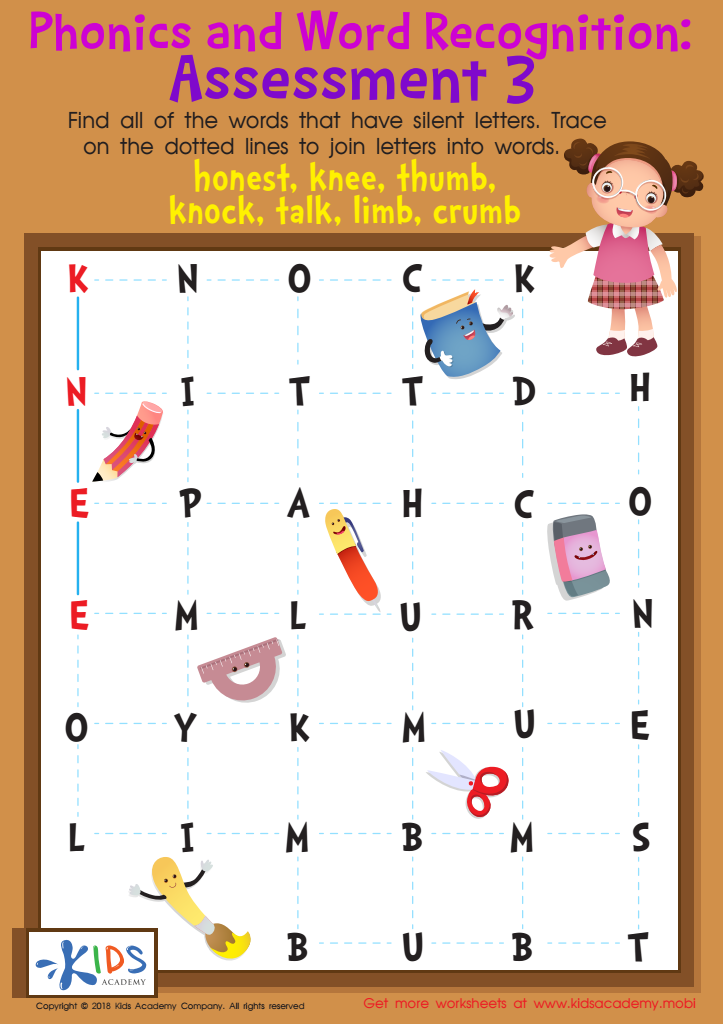

Phonics and Word Recognition: Assessment 3 Worksheet
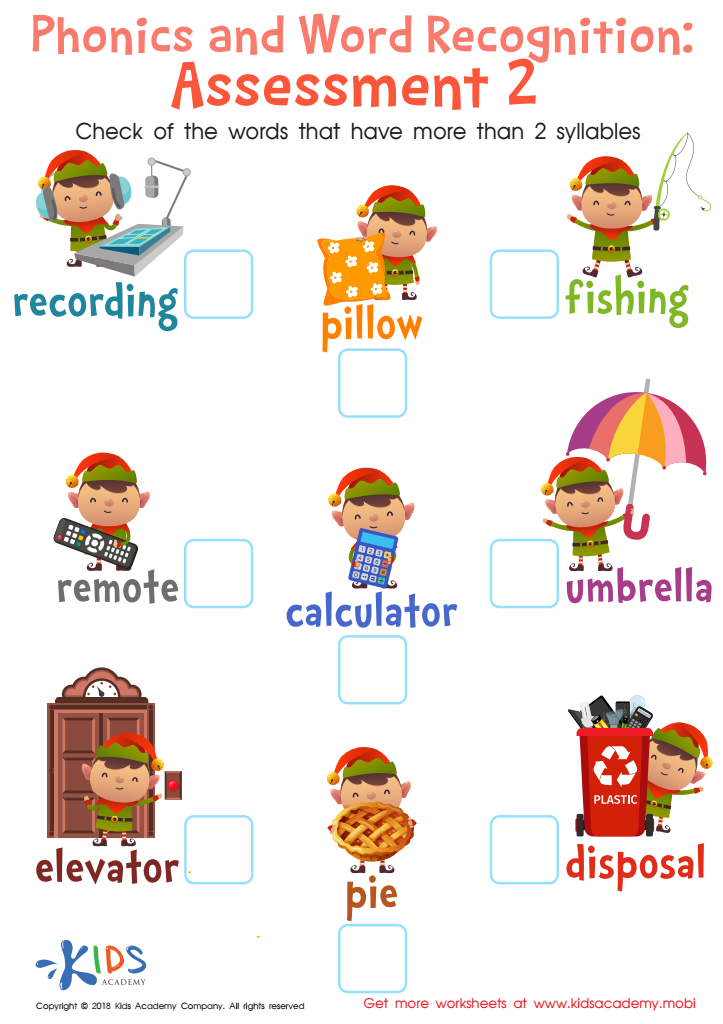

Phonics and Word Recognition: Assessment 2 Worksheet
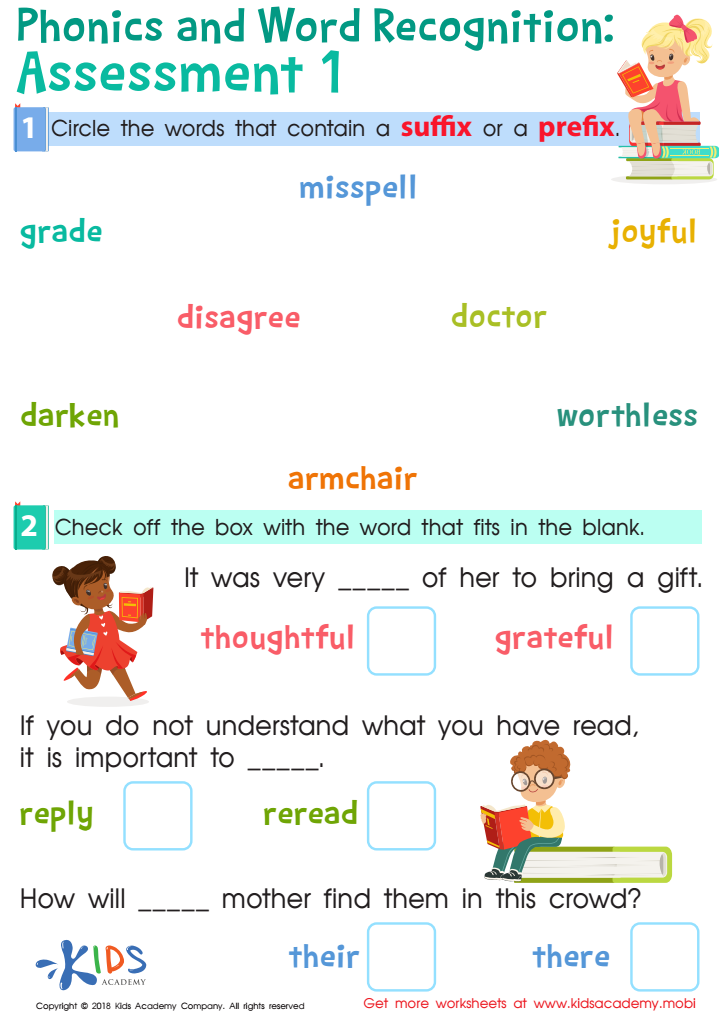

Phonics and Word Recognition: Assessment 1 Worksheet
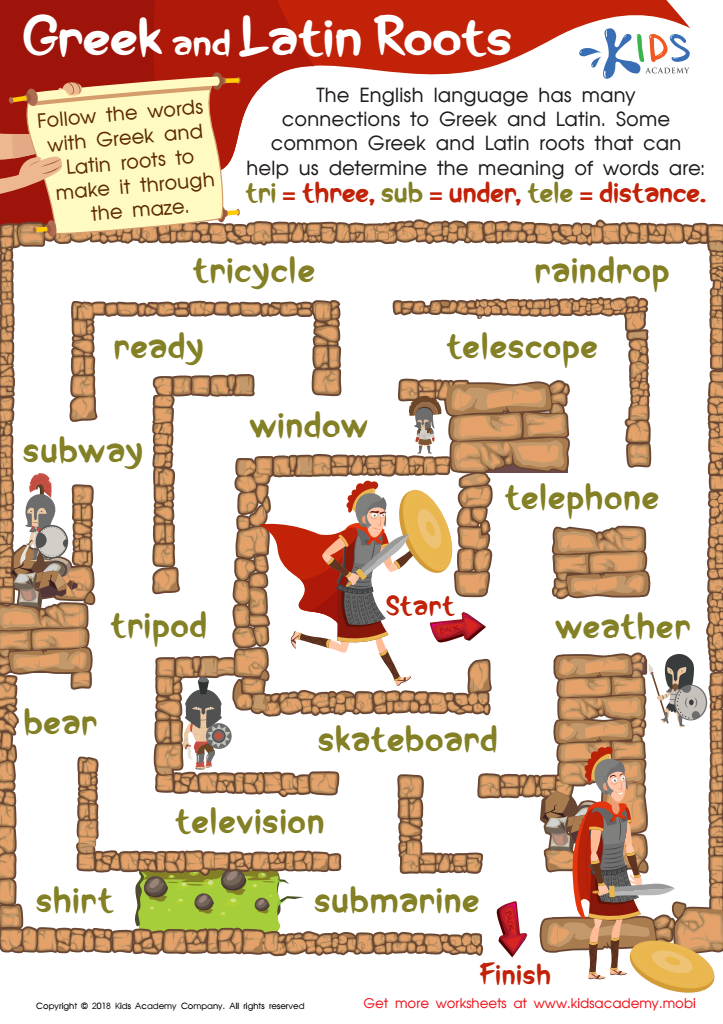

Greek and Latin Roots Worksheet
Normal writing development is a crucial milestone for children aged 3-9, laying the foundation for their future academic success. During these formative years, children transition from scribbling to forming letters, words, and sentences, which enhances their cognitive development and fine motor skills. Parents and teachers should care about this process because writing not only serves as a means of communication but also stimulates creativity and critical thinking.
Encouraging consistent writing practices in early childhood promotes language acquisition and literacy skills. Young writers learn to express their thoughts and feelings, fostering emotional intelligence and self-confidence. When adults actively engage with children in writing activities—such as storytelling, journaling, or simple letter formation—they help establish a positive attitude towards learning.
Additionally, consistent feedback and guidance from parents and teachers create a supportive environment where children feel comfortable experimenting with language. This inclination contributes to various academic areas, such as reading comprehension and mathematical problem-solving. By emphasizing the importance of normal writing development, parents and teachers can instill a lifelong love for writing and learning, empowering children to articulate their ideas and engage with the world creatively and effectively as they grow.
 Assign to My Students
Assign to My Students




